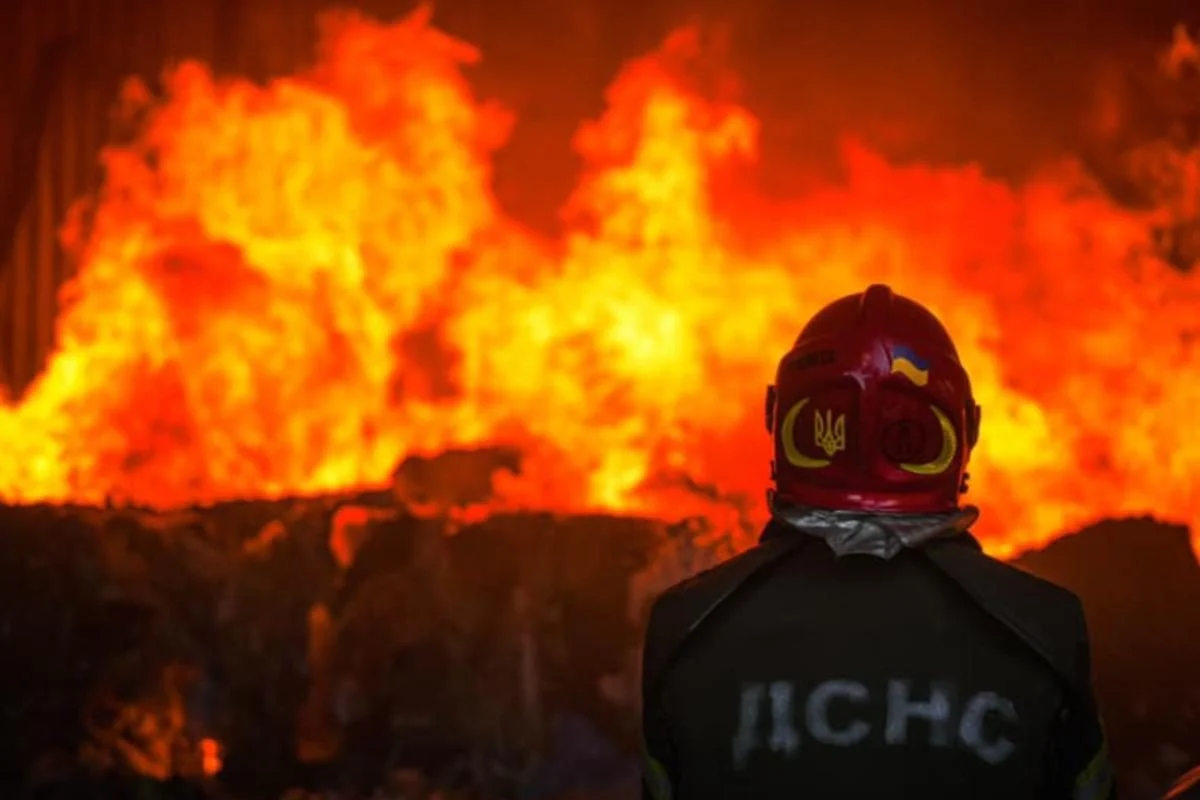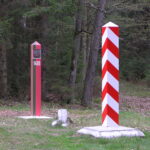Despite the United States’ claims of achieving a cessation of attacks on the energy infrastructure of Ukraine and Russia, recent events indicate otherwise. Vice President of the USA, Joe Biden, during a press conference at the “Pituffik” airbase in Greenland stated that “incredible progress” has been made towards “realistic peaceful resolution”, emphasizing the cessation of fire towards energy facilities and the nearly achieved commercial cessation of fire in the Black Sea.
Seeing What Isn’t There
However, the situation on the ground presents a different picture. On March 27, the Russian army carried out a drone attack on the Poltava region, targeting civilian infrastructure and administrative buildings of oil and gas enterprises. As a result, fires broke out covering an area of 2500 sq. m, and some areas of the city were left without electricity.
In addition, Russia accused Ukraine of shelling the gas measuring station “Sudzha” in the Kursk region, leading to significant damage and fire. Ukraine, in turn, denies these accusations, pointing to possible provocations from Russia.
Negative Effectiveness
President of Ukraine, Volodymyr Zelensky, stated during his visit to Paris that Russian artillery damaged the energy infrastructure in Kherson, calling on the USA to respond to these violations of agreements.
These events cast doubt on the effectiveness and adherence to the declared ceasefire regarding energy infrastructure, highlighting the complexity of achieving stable peace in the region.


